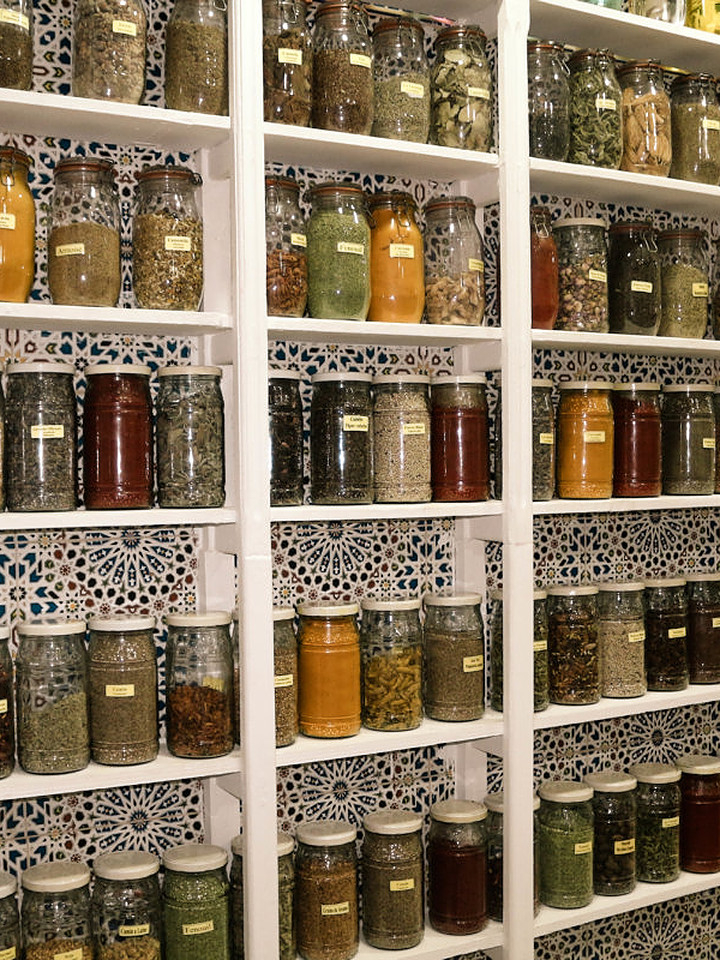Archaeological evidence indicates that the use of medicinal plants dates back to the Paleolithic age, approximately 60,000 years ago. Written evidence of herbal remedies dates back over 5,000 years to the Sumerians, who compiled lists of plants. Some ancient cultures wrote about plants and their medical uses in books called herbals. In ancient Egypt, herbs are mentioned in Egyptian medical papyri, depicted in tomb illustrations, or on rare occasions found in medical jars containing trace amounts of herbs. Among the oldest, lengthiest, and most important medical papyri of ancient Egypt, the Ebers Papyrus dates from about 1550 BC, and covers more than 700 compounds, mainly of plant origin. The earliest known Greek herbals came from Theophrastus of Eresos who, in the 4th century BC, wrote in Greek Historia Plantarum, from Diocles of Carystus who wrote during the 3rd century BC, and from Krateuas who wrote in the 1st century BC. Only a few fragments of these works have survived intact, but from what remains, scholars noted overlap with the Egyptian herbals. Seeds likely used for herbalism were found in archaeological sites of Bronze Age China dating from the Shang Dynasty (c. 1600–1046 BC). Over a hundred of the 224 compounds mentioned in the Huangdi Neijing, an early Chinese medical text, are herbs. Herbs also commonly featured in the traditional medicine of ancient India, where the principal treatment for diseases was diet. De Materia Medica, originally written in Greek by Pedanius Dioscorides (c. 40–90 AD) of Anazarbus, Cilicia, a Greek physician, pharmacologist, and botanist, is one example of herbal writing which was used for 1500 years until the 1600s.














